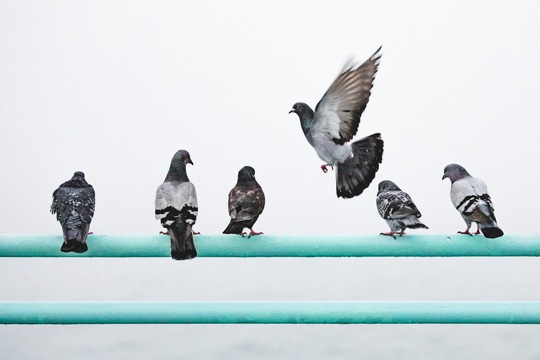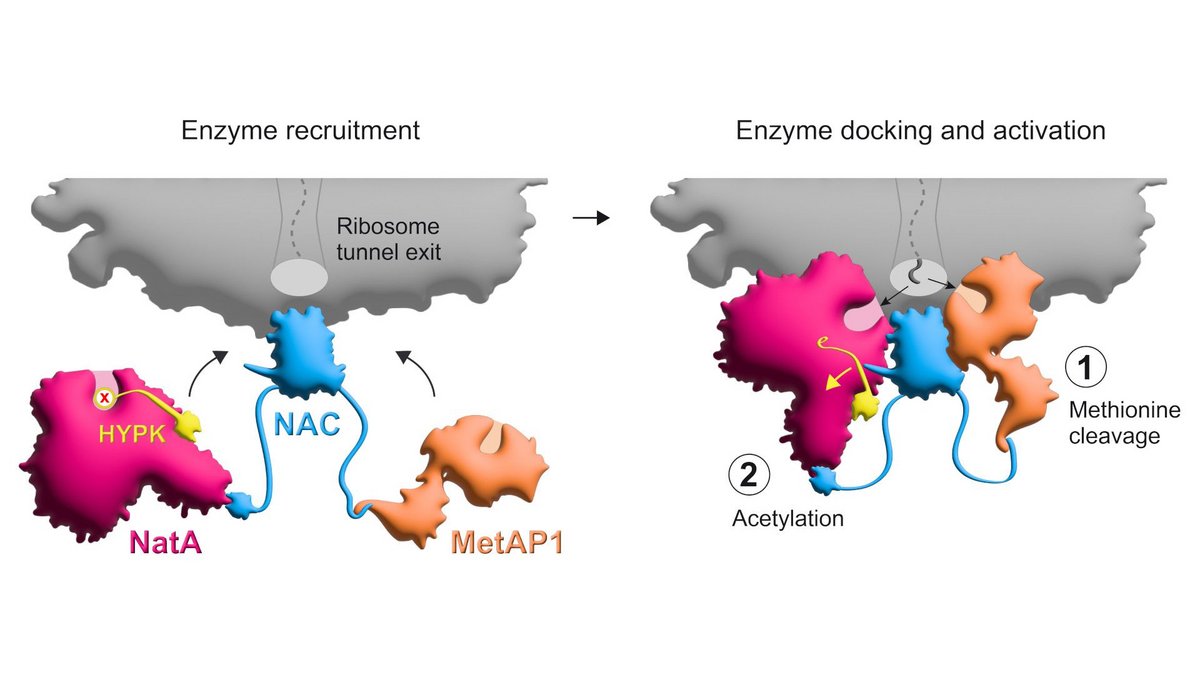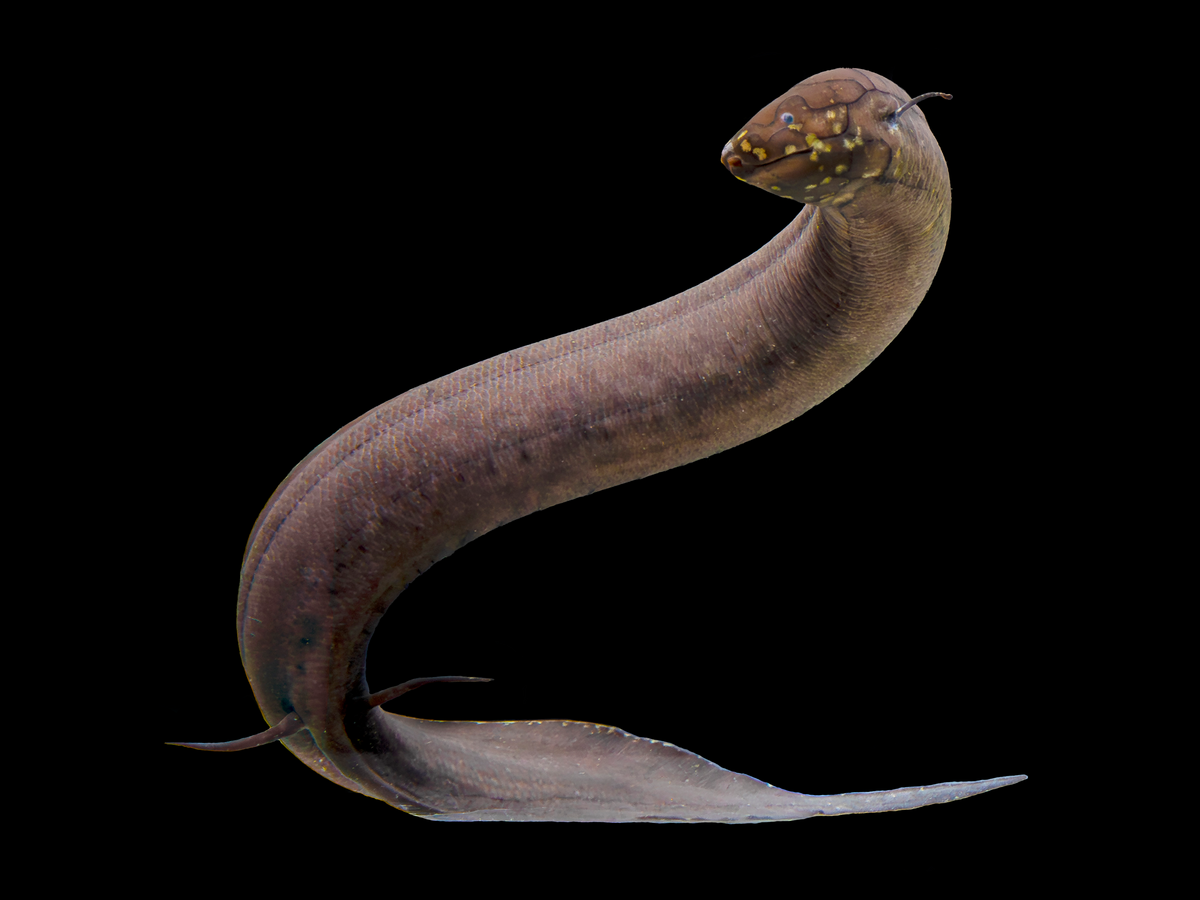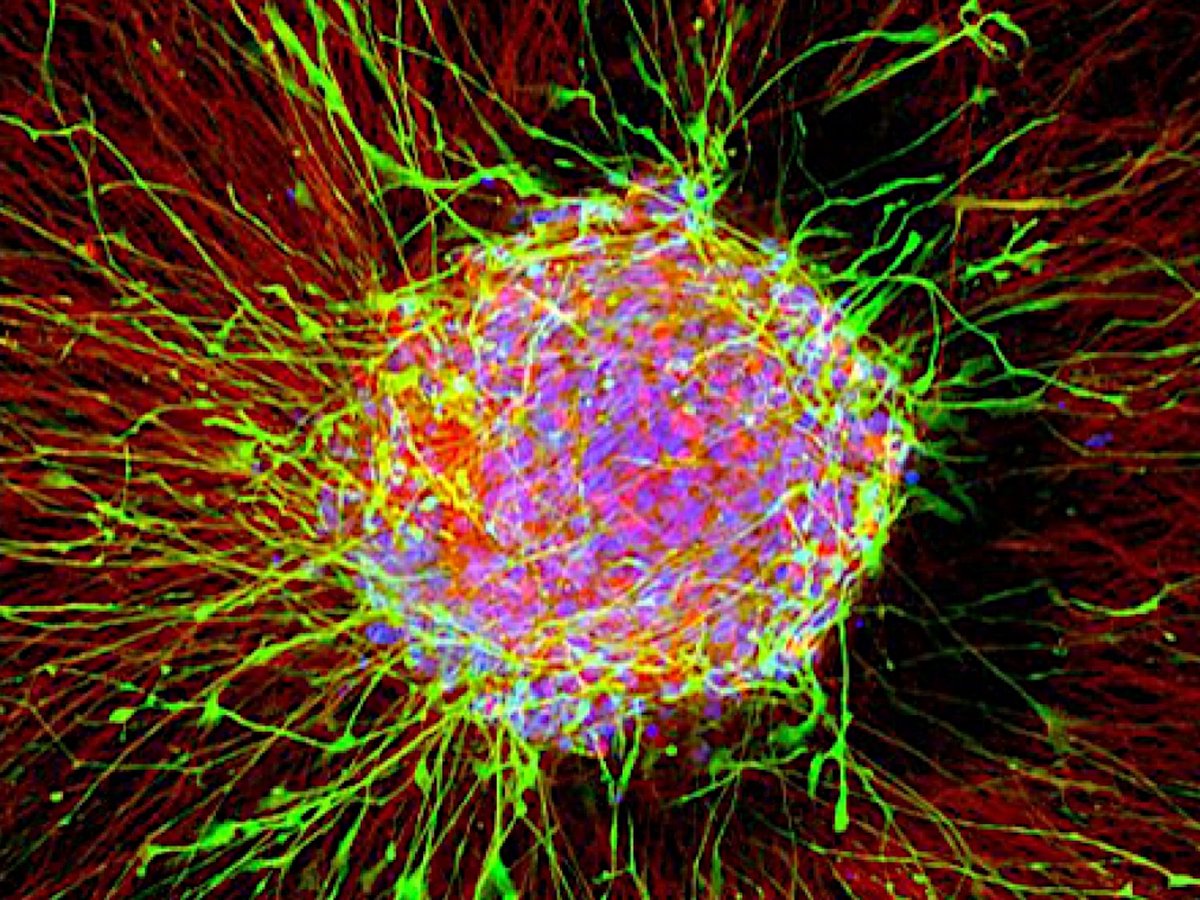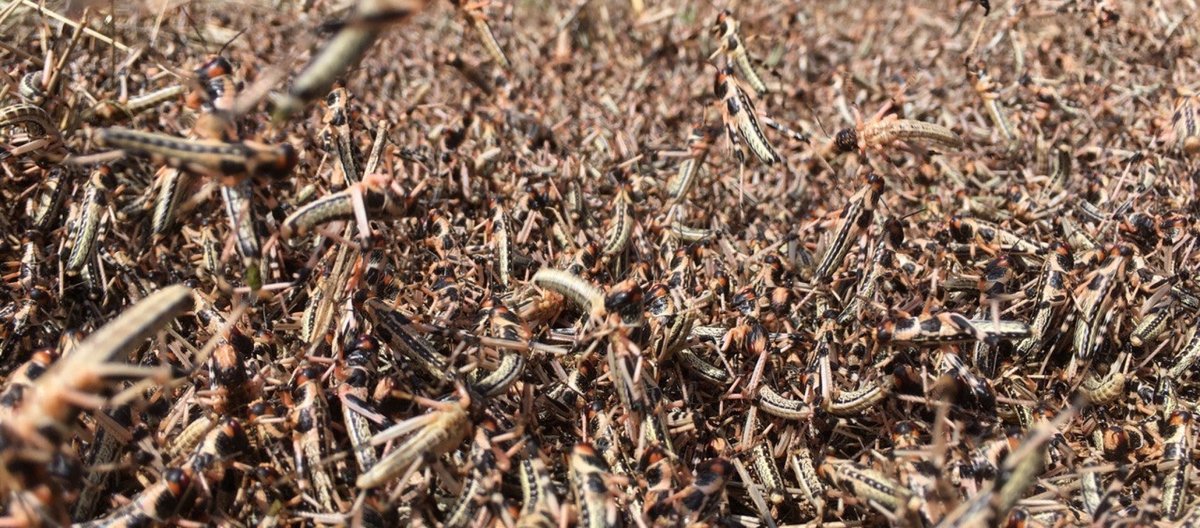![[Translate to Englisch:] A bat flies over a water surface on which it is reflected.](/fileadmin/_processed_/7/3/csm_Fledermaeuse_nutzen_c93b91b06d.jpg)
Bats use an acoustic cognitive map for navigation
Echolocating bats have been found to possess an acoustic cognitive map of their home range, enabling them to navigate over kilometer-scale distances using echolocation alone. This finding, recently published in Science, was demonstrated by researchers from the Max Planck Institute of Animal Behavior, the Cluster of Excellence Centre for the Advanced Study of Collective Behaviour at the University of Konstanz Germany, Tel Aviv University, and the Hebrew University of Jerusalem, Israel.
Read more

![[Translate to Englisch:] [Translate to Englisch:]](/fileadmin/pi/fileserver/2024_EXTRA/Octopus.png)
